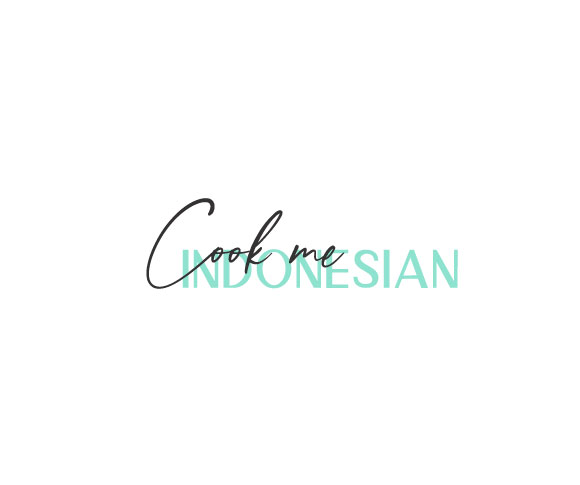The tropics are blessed with a huge variety of leafy greens, all of which can look similar to each other, to the untrained eye. So, in response to a request (thank you for reading our blog!), here’s a list of vegetables commonly used in Indonesia and around Southeast Asia, how to identify them, and some unique characteristics of each. In this first part we’ll cover vegetables that are fairly easy to find outside Southeast Asia and are available in most Chinese, Thai, or Vietnamese grocery stores.
Kangkung aka Kangkong, Water Spinach, Morning Glory
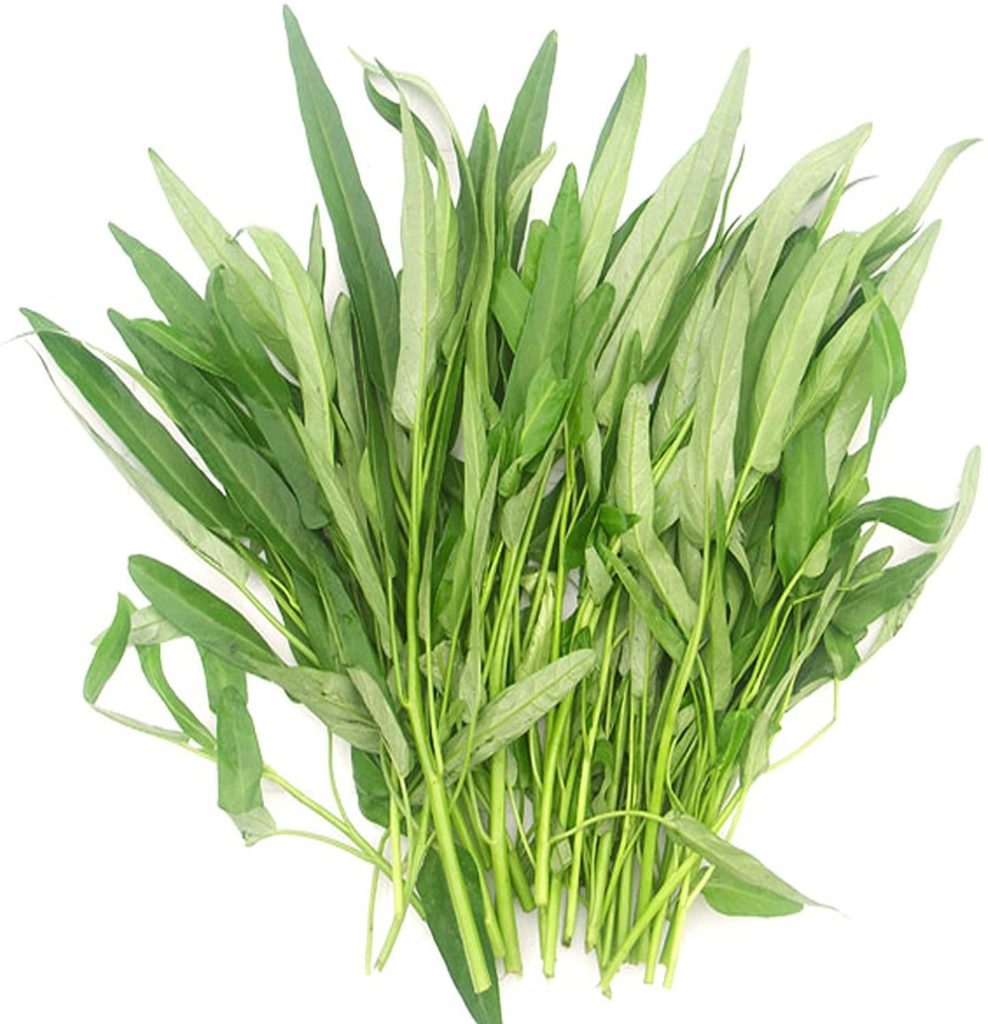
Kangkung goes by many names. It’s also known as kang kong, water spinach, swamp spinach, morning glory, or water morning glory. Common to Southeast Asian and South Chinese cooking, kangkung is perhaps best represented in Thai restaurants, where you can order a delicious plate of “Stir-fried Morning Glory”, i.e., stir-fried kangkung. In Indonesia it’s also often stir-fried, such as in cah kangkung or tumis kangkung terasi, but it’s also cooked in other ways such as by blanching and pairing it with sambal, as in plencing solo, or in simple soups.
Kangkung is a deep green leafy vegetable, and the leaves are slender with a pointed tip. Its stem is also thick and long in proportion to its leaves, especially when compared to other green vegetables such as spinach. Therefore, kangkung poses a real problem for those who dislike eating vegetable stems – when the stems are discarded, very little is left to consume. Also, kangkung has a tendency to shrink a lot once it’s stir-fried, which reduces the water content, so you’ll usually have to cook at least 2-3 times the amount you think you’ll need. Each stalk is very long, almost an arm’s length. When buying kangkong, you’ll want to choose a bunch that’s as crisp with leaves that aren’t starting to yellow, and that aren’t slimy.
Bayam aka Round Spinach
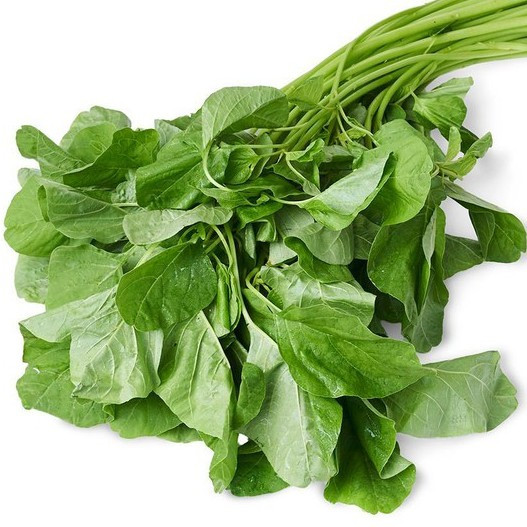
Bayam, or spinach, is one of the most confusing vegetables out there because there are so many different types of spinach. The one used in Indonesia usually refers to round spinach, often also used in Chinese cooking. Like kangkung, it’s sold in long bunches, with each stalk being almost the length of your arm.
Bayam differs from kangkung in that its leaves are a bright green, and each leaf is much larger. Each leaf is somewhat fan-shaped, with wavy or rounded edges. Like kangkung, it is supported by a large, long stem, but its stem is light green in colour. Cooking it, you’ll face the same issues as cooking kangkung – the stem is really long, and the leaves shrink a lot once stir-fried, but less so than kangkung. Also, bayam has the tendency to become dry and grassy depending on how you cook it. Like meat, it has to be either lightly stir-fried or boiled/stewed for a long time to make sure it isn’t tough.
Round spinach is not to be confused with other types of Asian spinach, such as Chinese sharp spinach or the Indian amaranth, although its shape resembles the amaranth. Indonesian bayam is usually stir-fried or made into a soup – popular soups include bobor bayam and sayur bening. If unavailable, it can be substituted with a different type of spinach.
Sawi Hijau aka Chye Sim, Choy Sum
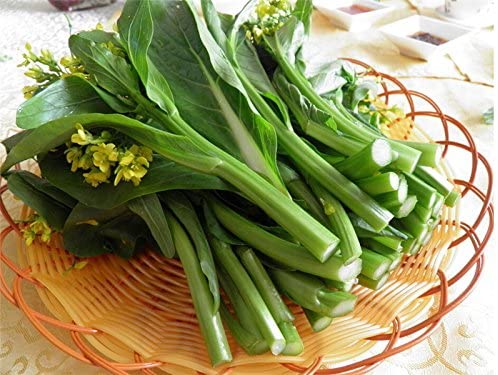
Sawi Hijau
Sawi hijau is also known in Chinese languages as chye sim or choy sum, and is a type of mustard green. It’s the go-to green leafy veg you use when you’re stir-frying noodles, such as in mie goreng, because of its taste, its large leaves, and the fact that it softens easily. Although its proper name is sawi hijau (as there are many types of sawi) it usually goes simply by sawi.
Compared to bayam or kangkung, the usual sawi is much shorter and has a thick, fat stem. Its leaves are a deep green, and are quite long in proportion to its stem. The entire stalk is much shorter than bayam or kangkung, and measures about one hand-span or slightly longer. Although some other vegetables look like sawi, you can usually identify it by small yellow flowers that dot each stalk.
There’s also another type of sawi, which looks different but is the same vegetable. This one is longer, with a thinner stem, and looks a little bit like a smaller version of spinach, but with bigger leaves.
Kailan & Baby Kailan
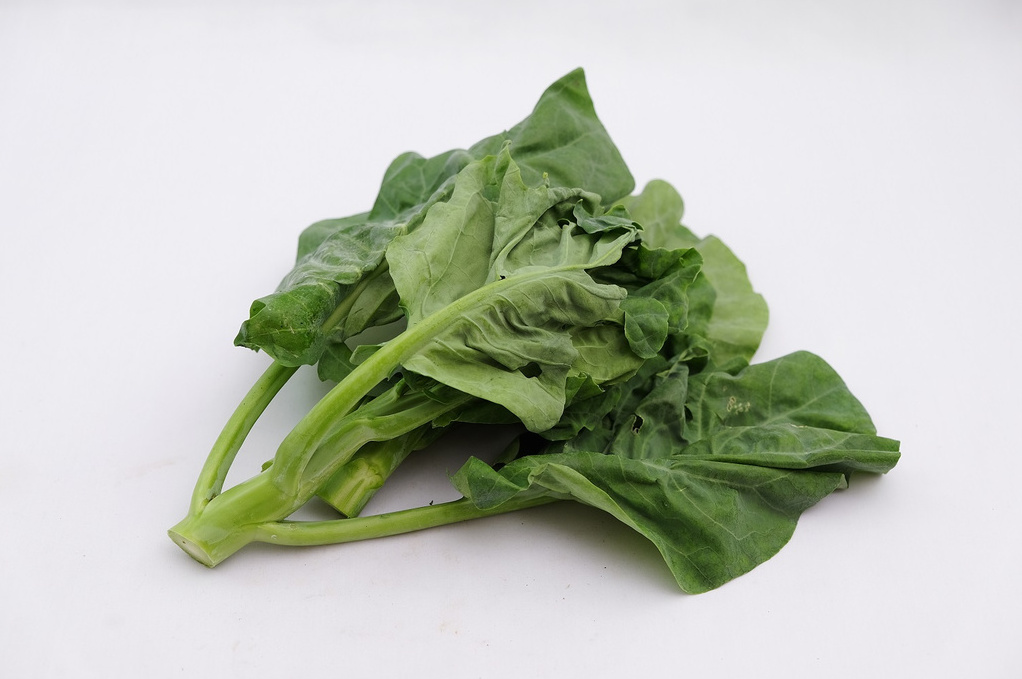
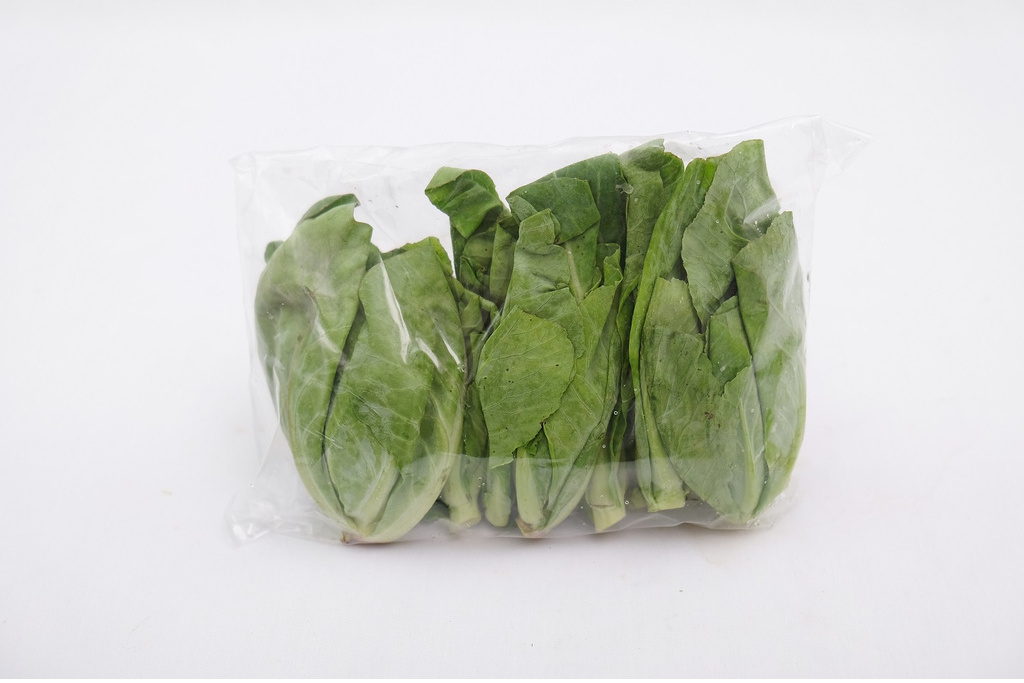
Kailan and baby kailan aren’t related to each other, and taste completely different, but they’re usually cooked in the same manner. Kailan is more common than baby kailan, but in my opinion baby kailan is way tastier.
Kailan looks a lot like sawi or choy sum, but tastes very different. Like sawi it has thick, fat stems with large, deep green leaves, but the leaves tend to be darker and slightly more crinkly compared to sawi. It also doesn’t come with the small yellow flowers.
Baby kailan, on the other hand, looks more like a small cabbage or lettuce, even though it isn’t round and has a stem for its base. Its colour can vary between bright green to dark green, depending on how young and fresh it is. Its leaves are large, and it has virtually no naked stem. When stir-fried well, it can be very tender and crunchy…delicious!
Both kailan and baby kailan are usually stir-fried. Popular dishes include kailan or baby kailan stir-fried with oyster sauce, or stir-fried with beef.
Pakchoy, aka Bok Choy or Bak Choy
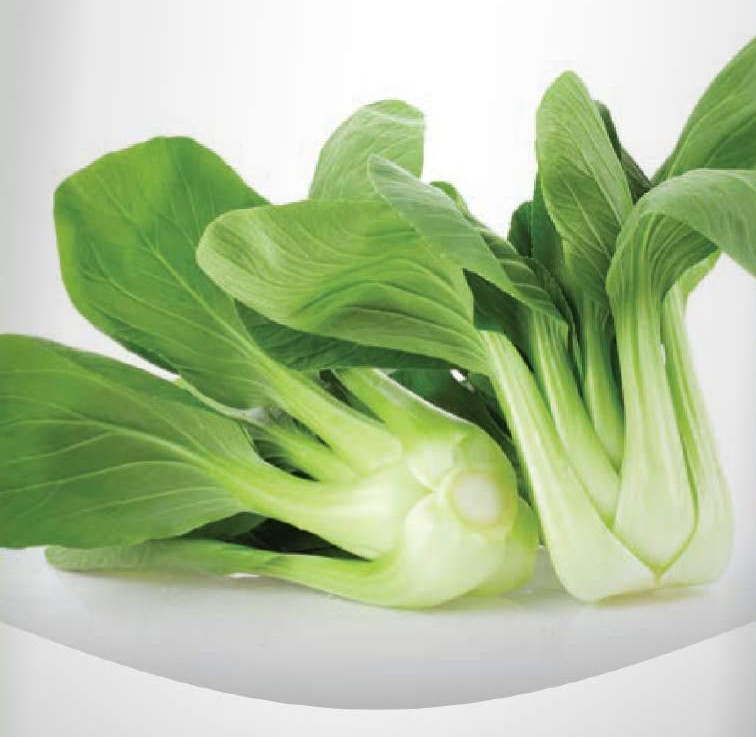
Most people in the world, especially those acquainted with Chinese cuisine, are probably familiar with bok choy, or Chinese cabbage. It has to be the most famous and popular Chinese vegetable in the West, and is also sometimes used in Indonesian cooking.
The type of pakchoy, or bok choy, used in Indonesia is the typical one – smooth and large deep green leaves, with a much lighter stem that’s curved. It’s cooked in soups, such as in sayur bening pakchoy.
In Part 2, we’ll describe a different bunch of vegetables – pun intended – including daun singkong (cassava leaves), daun pepaya (papaya leaves), and more!
